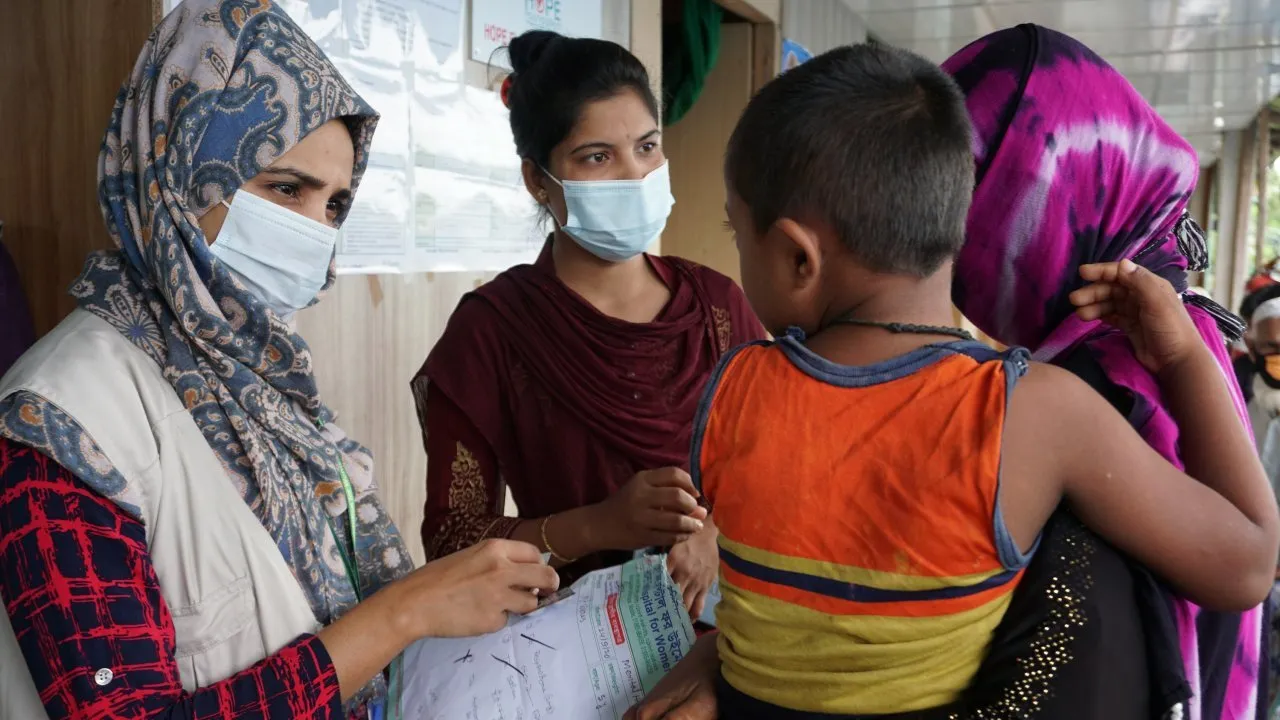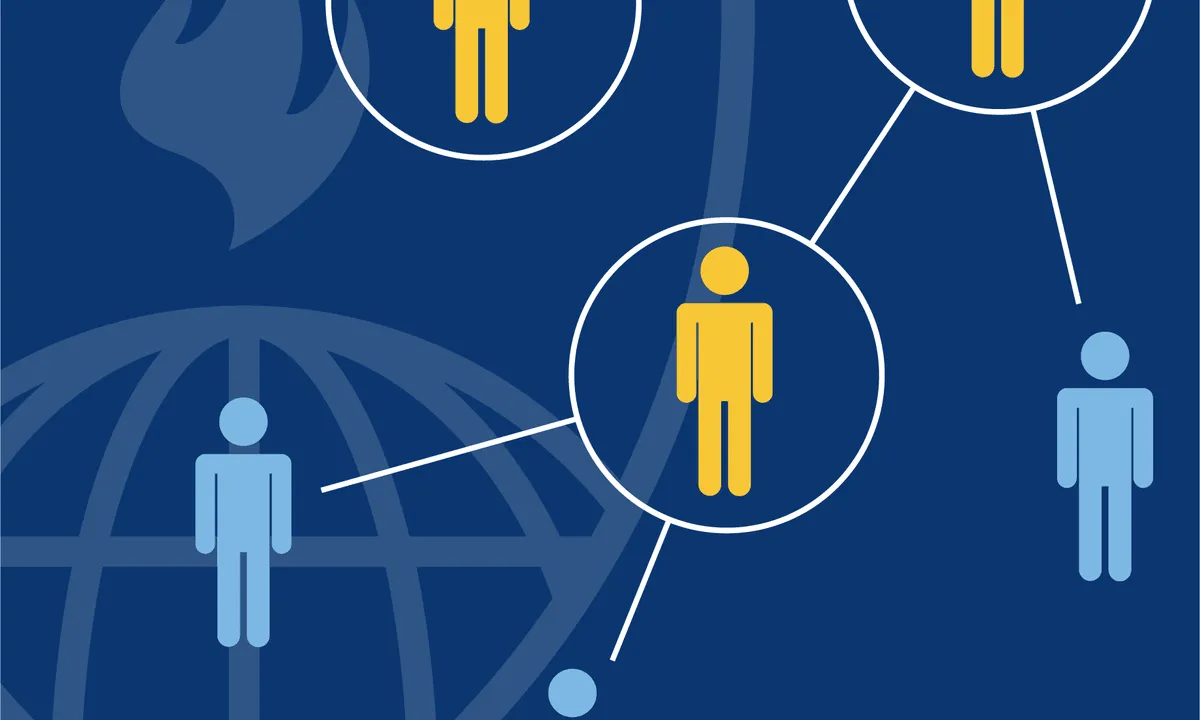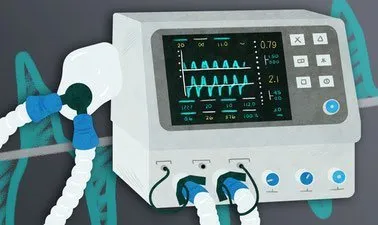
COVID-19 infodemic management: risk communication and community engagement challenges 
Discover the fundamentals of COVID-19 infodemic management: risk communication and community engagement challenges ▼
ADVERTISEMENT
Course Feature
![]() Cost:
Cost:
Free
![]() Provider:
Provider:
OpenWHO
![]() Certificate:
Certificate:
Free Certification
![]() Language:
Language:
English
![]() Start Date:
Start Date:
On-Demand
Course Overview
❗The content presented here is sourced directly from OpenWHO platform. For comprehensive course details, including enrollment information, simply click on the 'Go to class' link on our website.
Updated in [May 19th, 2023]
This course provides an overview of the COVID-19 infodemic management, with a focus on risk communication and community engagement challenges. It covers key principles and illustrates how they can be operationalized in the context of an extended outbreak. Examples from WHO headquarters, regions, and Ministries of Health are provided to demonstrate messaging and other communication interventions developed during the pandemic. Participants will gain an understanding of the importance of risk communication and community engagement in the context of the COVID-19 pandemic.
[Applications]
The application of this course can be seen in the development of risk communication and community engagement strategies for the COVID-19 pandemic. It provides guidance on how to operationalize these strategies in the context of an extended outbreak, and provides concrete examples of messaging and other communication interventions developed during the pandemic. It is suggested that this course be used to inform the development of risk communication and community engagement strategies for other pandemics and health crises. Additionally, it is suggested that this course be used to inform the development of risk communication and community engagement strategies for other public health issues.
[Career Paths]
1. Public Health Communicator: Public health communicators are responsible for developing and delivering effective communication strategies to promote public health initiatives. They work with a variety of stakeholders, including government agencies, healthcare providers, and the public, to ensure that health messages are accurately conveyed and understood. With the rise of the COVID-19 pandemic, public health communicators have become increasingly important in helping to inform the public about the virus and its associated risks.
2. Epidemiologist: Epidemiologists are public health professionals who study the patterns, causes, and effects of health and disease conditions in defined populations. During the COVID-19 pandemic, epidemiologists have been instrumental in helping to identify and track the spread of the virus, as well as in developing strategies to mitigate its impact.
3. Infection Control Specialist: Infection control specialists are healthcare professionals who are responsible for preventing and controlling the spread of infectious diseases. During the COVID-19 pandemic, infection control specialists have been essential in helping to develop and implement protocols to reduce the risk of transmission in healthcare settings.
4. Risk Communication Specialist: Risk communication specialists are responsible for developing and delivering effective communication strategies to inform the public about potential risks associated with a particular issue. During the COVID-19 pandemic, risk communication specialists have been essential in helping to inform the public about the virus and its associated risks, as well as in developing strategies to mitigate its impact.
[Education Paths]
1. Public Health: Public health degrees focus on the health of populations and communities, and provide students with the skills to develop and implement health policies and programs. Developing trends in public health include the use of data analytics to inform decision-making, the use of technology to improve access to healthcare, and the use of social media to engage with communities.
2. Health Communication: Health communication degrees focus on the use of communication strategies to promote health and prevent disease. Developing trends in health communication include the use of digital media to reach target audiences, the use of persuasive messaging to influence behavior, and the use of storytelling to engage with communities.
3. Risk Communication: Risk communication degrees focus on the use of communication strategies to manage risk and reduce harm. Developing trends in risk communication include the use of social media to disseminate information, the use of data visualization to explain complex concepts, and the use of interactive tools to engage with stakeholders.
4. Community Engagement: Community engagement degrees focus on the use of engagement strategies to build relationships and foster collaboration. Developing trends in community engagement include the use of digital platforms to facilitate dialogue, the use of participatory approaches to inform decision-making, and the use of gamification to motivate behavior change.
Course Provider

Provider OpenWHO's Stats at AZClass
Discussion and Reviews
0.0 (Based on 0 reviews)
Explore Similar Online Courses

Fundamentals of Six-Sigma: Quality Engineering and Management

Merch By Amazon Masterclass: Start Your Own Successful T-shirt Business Online

Python for Informatics: Exploring Information

Social Network Analysis

Introduction to Systematic Review and Meta-Analysis

The Analytics Edge

DCO042 - Python For Informatics

Causal Diagrams: Draw Your Assumptions Before Your Conclusions

Whole genome sequencing of bacterial genomes - tools and applications

COVID-19 Contact Tracing

Mechanical Ventilation for COVID-19

COVID-19 in Slums & Informal Settlements: Guidelines & Responses
 Related Categories
Related Categories
 Popular Providers
Popular Providers
Quiz
 Submitted Sucessfully
Submitted Sucessfully
1. What is the main focus of this course?
2. What is the photo credit of this course?
3. What is the main purpose of this course?
4. What is the purpose of this course?
Correct Answer: To apply evidence-based guidance to the COVID-19 pandemic.


Start your review of COVID-19 infodemic management: risk communication and community engagement challenges